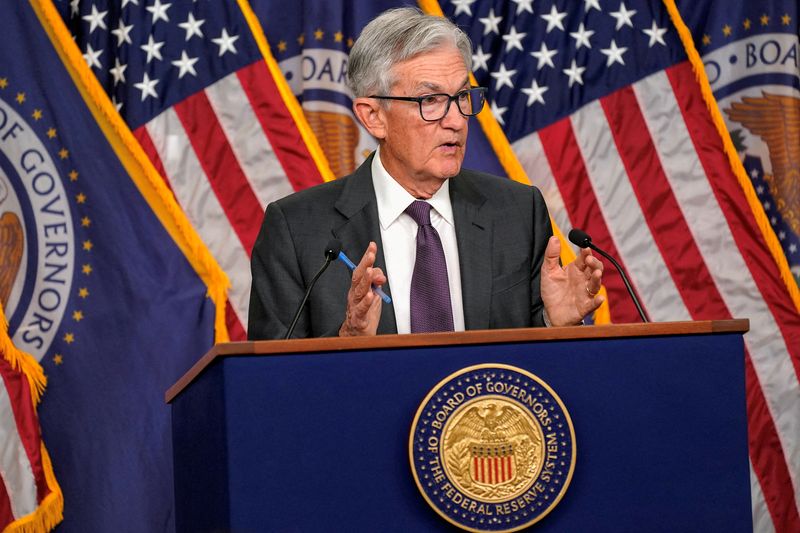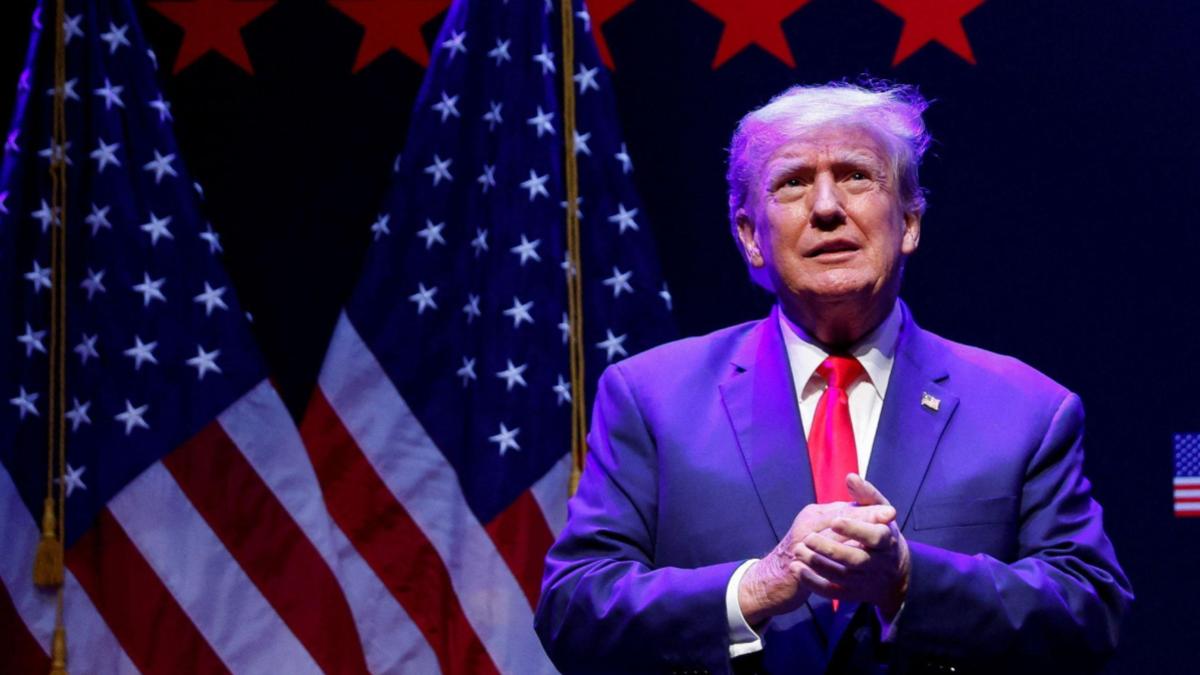By Howard Schneider
WASHINGTON (Reuters) – How concerned Federal Reserve officials were over stagflation risks as they met last month may become more clear on Wednesday in a readout of a gathering held before President Donald Trump’s April 2 tariff announcement shook markets and made forecasts for higher inflation and slower growth more widespread.
U.S. central bank policymakers acknowledged at their March 18-19 meeting that the outlook had shifted from confidence in slowing inflation and continued growth to a near-universal sense of uncertainty and concern that new U.S. import taxes would raise inflation even as they curbed demand, growth, and perhaps employment.
“Uncertainty around the economic outlook has increased,” the Fed said in an updated policy statement on March 19 that also dropped a prior reference to the risks facing the economy as “roughly in balance” to say that it was “attentive to the risks to both sides of its dual mandate.”
That statement, though, was rooted in initial trade announcements and other actions Trump had taken to that point since his return to the White House on January 20. Updated policymaker forecasts released at that meeting showed officials were already anticipating slightly slower growth and a bit higher inflation than previously projected, but on balance they still expected to cut interest rates by half a percentage point by the end of 2025.
Then two weeks later Trump unveiled new levies on dozens of nations that were far more aggressive than expected, raising the average tariff on goods from abroad from an estimated 2.5% to 25% or more and unleashing a ferocious selloff in global equity markets.
Markets since then have run with the ball, and investors now see the Fed cutting rates by a full percentage point this year.
While the minutes being released on Wednesday may understate the level of concern among policymakers that has taken hold since April 2, they often provide significant details about staff forecasts and the different scenarios under consideration. They can also describe the weight and intensity of opinion around different aspects of the economic outlook.
The last meeting “put down a marker for a starting point on which forecast changes from Trump reforms can build,” analysts from the consulting firm of former Fed Governor Larry Meyer wrote.
From there, they said, monetary policy may shift “very slowly then all at once” as it becomes clear whether the overall impact of the tariffs and other Trump policy changes push the economy towards higher prices, slower growth, or some of each.


